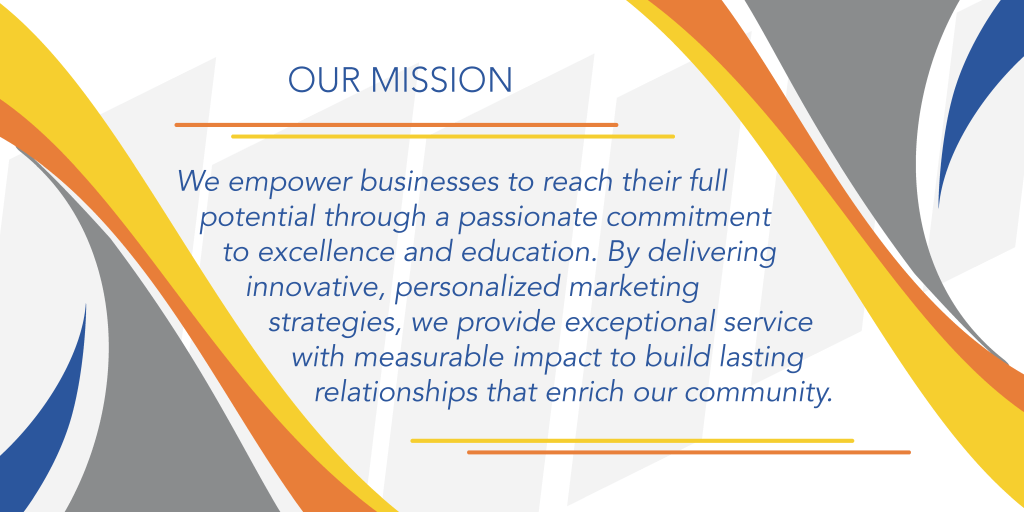A new year naturally brings goal-setting conversations. Revenue targets, growth plans, new ideas. But before you jump straight into planning what’s next, there’s real value in pausing to look back.
The strongest marketing strategies aren’t built from scratch every January. They’re built by learning from what already worked, what didn’t, and what deserves a second look.
Before setting your marketing goals for 2026, here are five questions every business owner should ask.
1. What marketing efforts actually drove results last year?
It’s easy to remember the campaigns you liked. It’s more important to identify the ones that performed.
Look at:
- Where leads actually came from
- Which channels brought in quality inquiries
- What content or campaigns sparked real conversations
This doesn’t mean everything needs to be data-heavy. Even simple insights like “most new clients mentioned our website” or “video posts got the most engagement” are valuable.
Clarity beats assumptions every time.
2. Where did we spend time or money without a clear return?
Not every experiment will win, and that’s okay. What matters is recognizing where effort didn’t align with results.
Ask yourself:
- Were there platforms you posted on just to “be everywhere”?
- Did any campaigns feel rushed, inconsistent, or hard to sustain?
- Were there tools or tactics you kept paying for but rarely used?
This isn’t about cutting everything back. It’s about refocusing energy where it actually matters.
3. Do we have consistency or just bursts of activity?
One of the biggest challenges we see with small businesses is inconsistency. Marketing ramps up when things slow down… then disappears when business picks back up.
Consistency builds:
- Brand recognition
- Trust
- Momentum
You don’t need to do everything all the time. You do need a rhythm that’s realistic and repeatable.
A simple, steady presence almost always outperforms occasional big pushes.
4. Are we attracting the right customers?
More leads isn’t always better. Better leads are.
Take a moment to reflect:
- Are your best customers finding you or just the loudest ones?
- Are inquiries aligned with your services, pricing, and values?
- Does your messaging clearly communicate who you’re for?
If your marketing feels busy but not effective, this question often reveals why.
5. What’s one thing worth testing before committing long-term?
January is a great time to experiment — without locking yourself into year-long commitments.
Instead of overhauling everything, consider:
- Testing short-form video
- Refreshing website messaging
- Trying a small paid campaign
- Improving local SEO or reviews
Small tests give you real feedback and help you make smarter decisions as the year unfolds.
A Smarter Way to Set Marketing Goals
Marketing goals shouldn’t live in isolation. They should support your larger business goals: growth, stability, efficiency, or balance.
When you take time to answer these five questions, you don’t just set goals, you set direction.
And that’s what turns marketing from something you “have to do” into something that actually works for your business.
If you’re unsure how to evaluate last year or where to focus next, that’s often the best place to start a conversation.
















